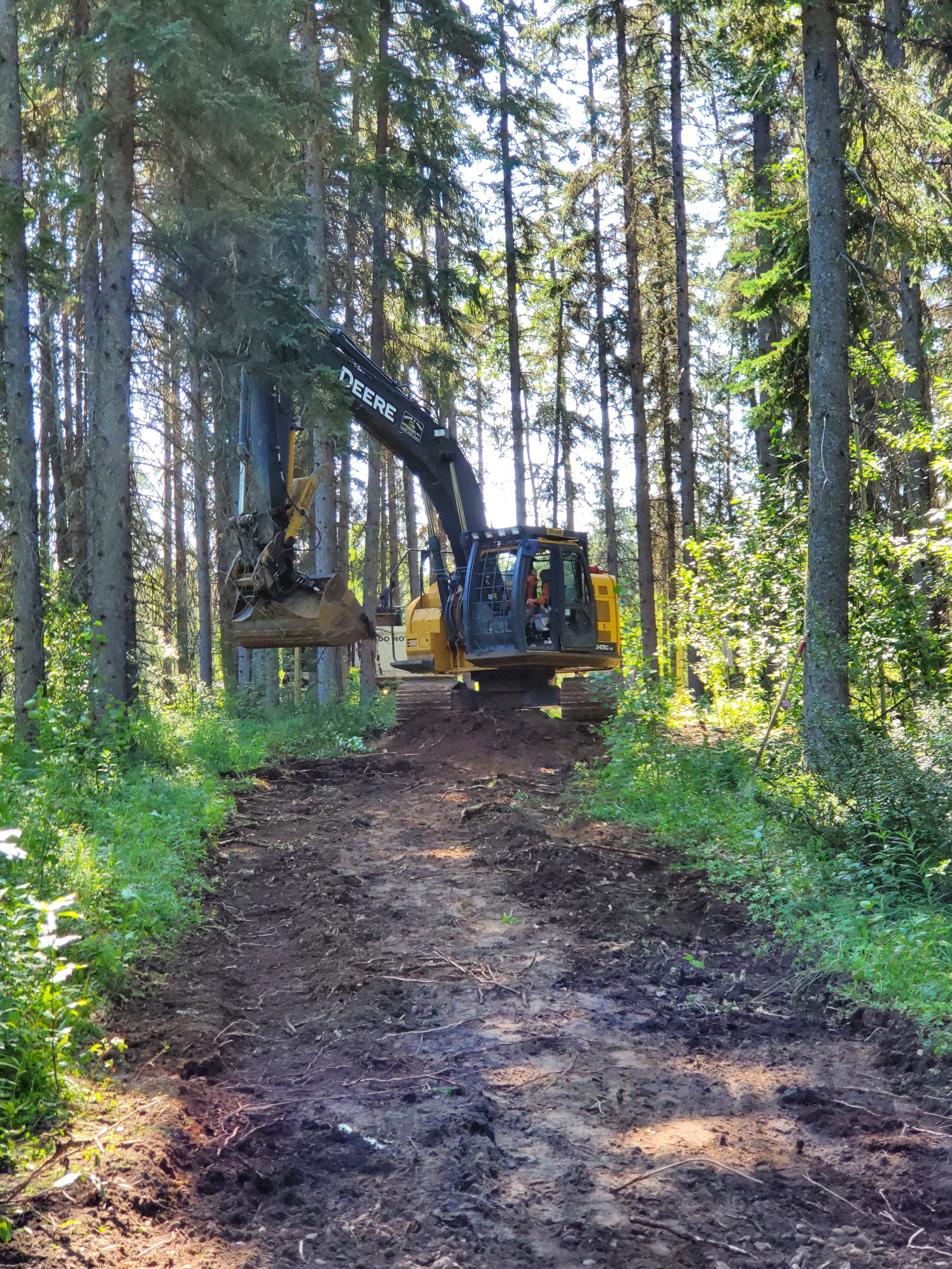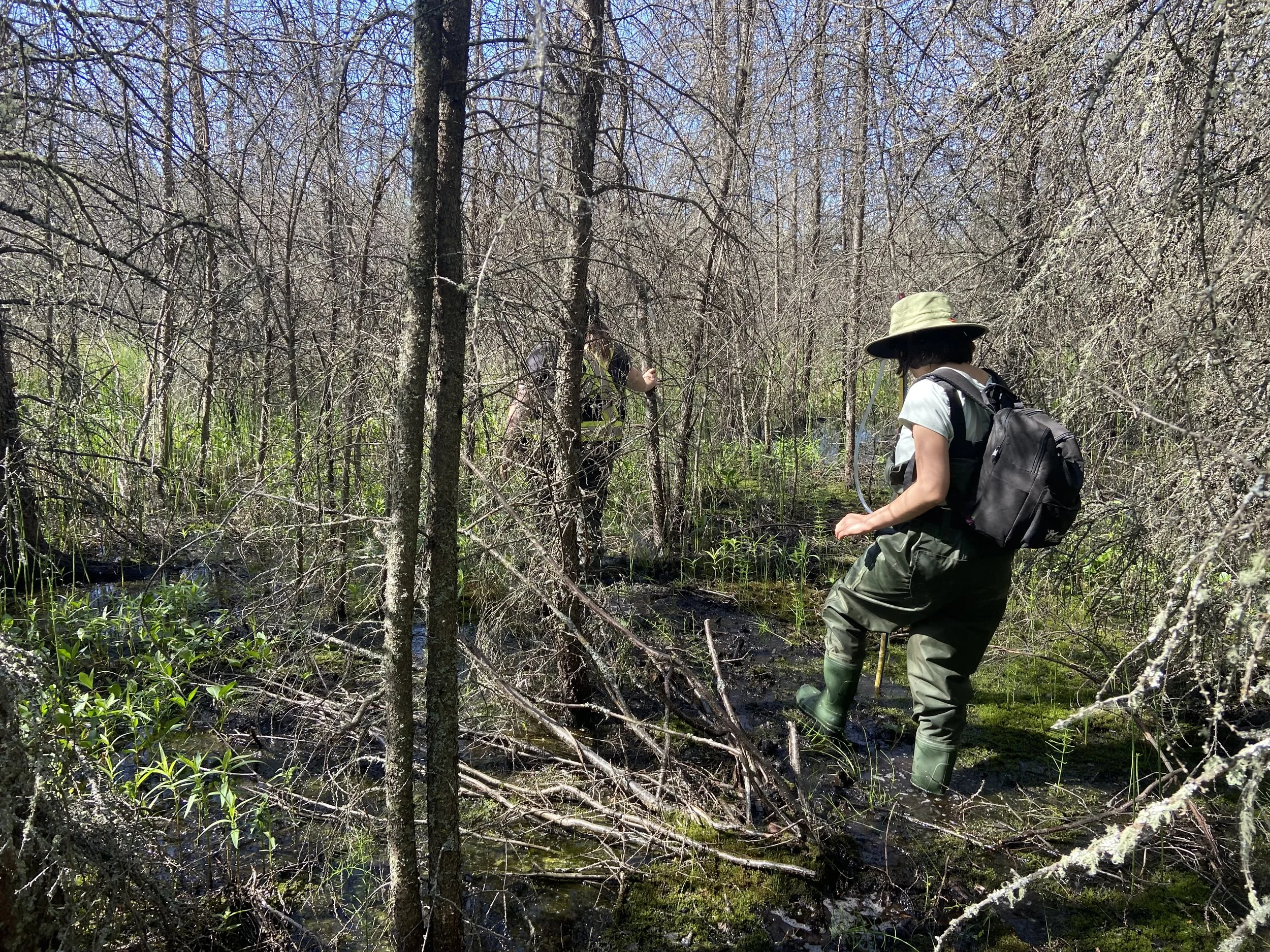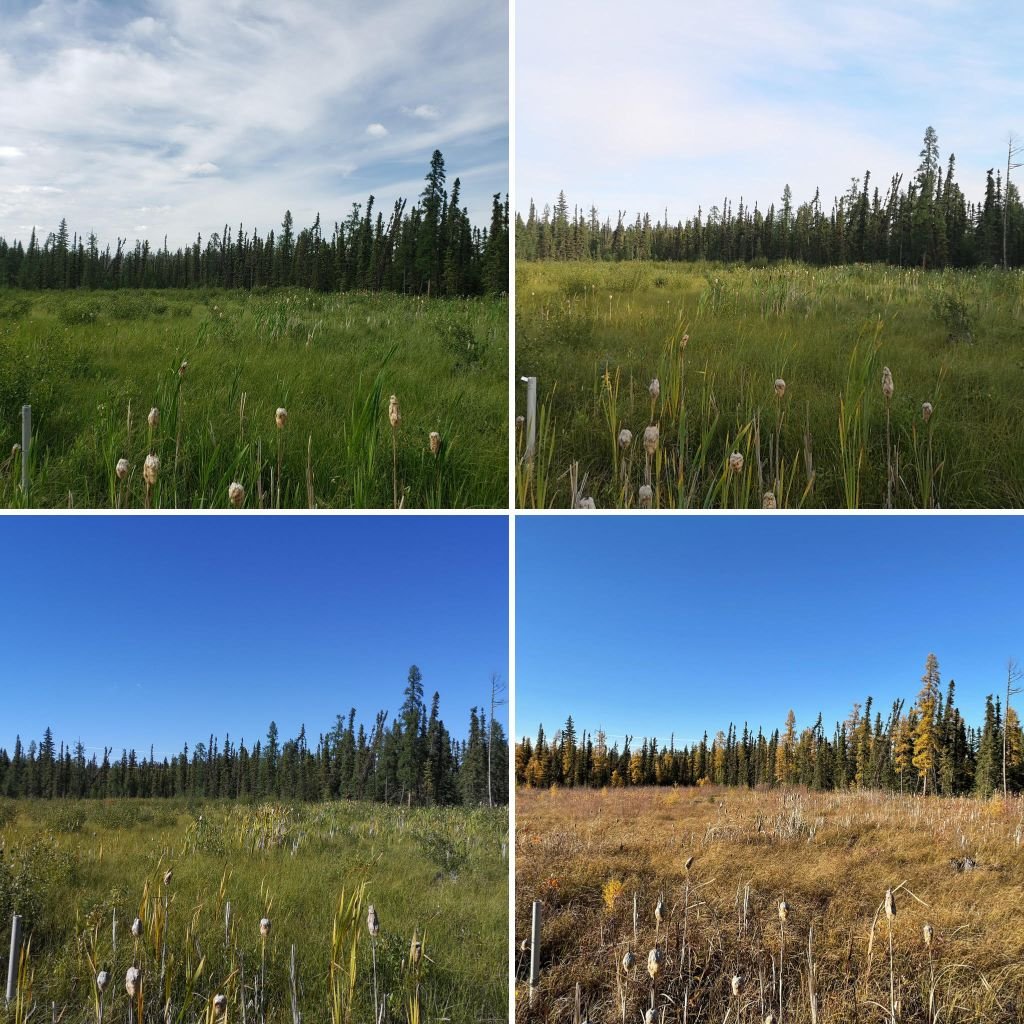Linear Disturbances Shift Boreal Plant Communities Toward Earlier Peak Greenness
/Boreal peatlands are vulnerable to climate and land-use changes, including linear disturbances, such as seismic lines. Vegetation community composition and phenology – the timing and development of plant properties - are often the first ecosystem components to respond to such disturbances. Despite the dense network of seismic lines in the boreal forest, studies that examine their effect on peatland ecosystems are limited.
Davidson et al. 2021 investigated vegetation phenological patterns at a bog and a fen impacted by seismic lines in Alberta. Using photos taken from smartphones as described in the infographic below, researchers were able to analyze plant greenness as an indicator of plant productivity. They found that disturbed peatlands reach peak greenness earlier compared to nearby undisturbed areas, likely due to the increase in solar radiation following disturbances. This change in understory vegetation results in a greater uptake of carbon dioxide compared to undisturbed sites. This study is a first step in examining how the vegetation composition and phenology of boreal peatlands change with disturbance. Learn more here.
Davidson et al. 2021
In partnership with Ducks Unlimited Canada, Scott Davidson (author of the above study) is a leading a citizen science phenology project at the Wetland Centre. The Wetland Phenology project (#PhenologyAB on Twitter) is tracking green leaf phenology of the vegetation communities in both a restored and an undisturbed site at the Wetland Centre. With just a smartphone, you can help Dr. Davidson, DUC and other wetland scientists analyze how industrial disturbances and a changing climate are affecting wetland plant communities. Learn more here.












